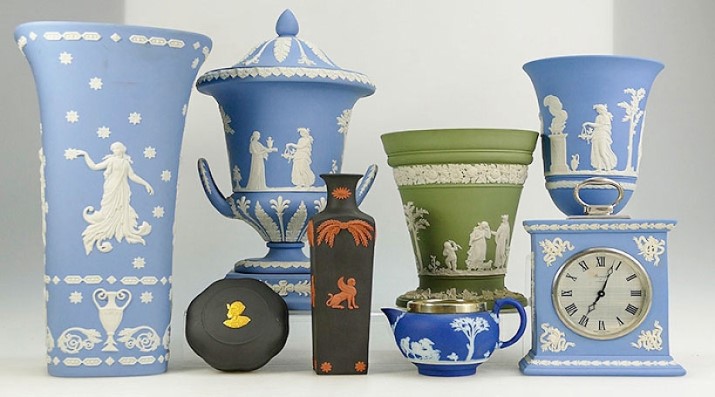
Wedgwood Pottery has remained collectable since its founding in 1759. Potteries Auctions have been selling Wedgwood Jasperware, tableware, and collectable ceramics for over 25 years, so you can count on our vast knowledge in this incredibly diverse field.
Are you looking to sell Wedgwood pottery, need help checking the age and value of a piece, or wanting to invest in the quality Wedgwood pottery brand? If so, then we can help.
At Potteries Auctions, we have compiled various pottery marking guides for some of the most well-known and valuable ceramics brands in the UK. Our guides will help you identify marks and styles and teach you how to spot lavish and collectable pieces.
Based in the heart of Staffordshire, the home of the potteries, we’re best placed to identify and provide valuations for your Wedgwood pottery.
In our upcoming Fine Art sale on Friday 13th and Saturday 14th November, we’re delighted to have a very large and important collection of Wedgwood included in our lots. This impressive collection contains over 300 pieces of Wedgwood, including many rare pieces like the Tony Pulford collection, and is sure to be incredibly popular among Wedgwood buyers and collectors. Keep an eye on our website for further details.
Why is Wedgwood Pottery famous?
Wedgwood is a fine bone china and porcelain pottery brand that was founded in 1759 by Josiah Wedgwood, an English potter and businessman based in Burslem, Staffordshire. Remembered as the “Father of English Pottery”, Josiah Wedgwood created the well-respected Wedgwood brand through experimenting with clay and eclectic design. He most famously created the “Wedgwood Blue”, a colour that is now synonymous with the brand and recognisable worldwide.
In 1995, Wedgwood pottery was given the Royal Warrant, a significant mark of achievement for companies who have supplied goods to the Queen and the Royal Household, which is a wonderful accomplishment.
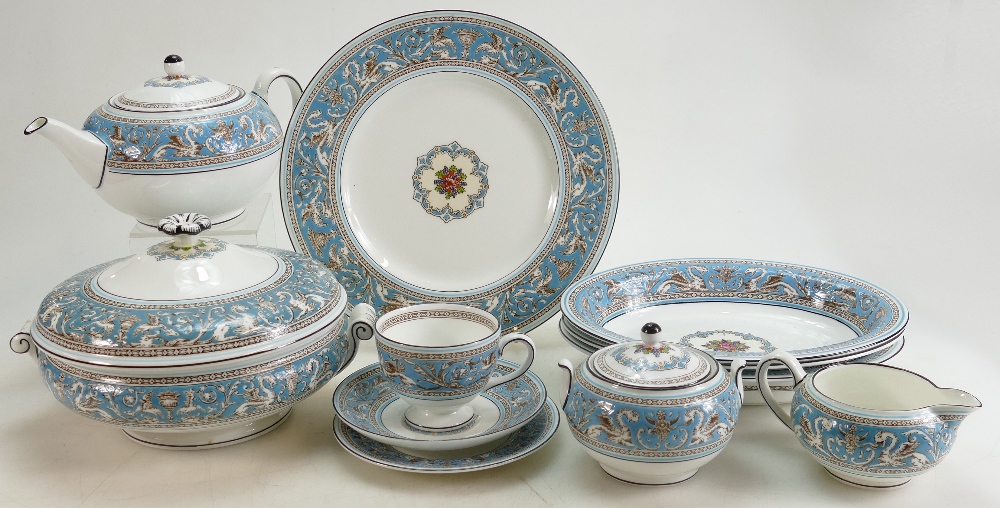
This large collection of Wedgwood Florentine patterned dinner and tea ware sold for an astronomical £1600 at our March 2020 two-day auction of rare 20th-century British Pottery, collectors’ items, jewellery and antiques
What makes Wedgwood different?
Antique Wedgwood pieces are highly collectable and often pique plenty of people’s interest at our auctions. However, Josiah Wedgwood also lead the way for the industrialisation of pottery and focused on manufacturing pottery for the masses too. This means there are wonderful Wedgwood pieces that are both affordable and collectable.
How do I know if my Wedgwood Pottery is valuable?
Value can vary depending on the colour, pattern, and age of your Wedgwood pottery.
When looking for markings on your Wedgwoodpottery it’s important to be vigilant, as there are many popular reproductions that are not authentic. This is where our experts can help.
Josiah Wedgwood was one of the first pottery manufacturers to mark pieces with his own name, so the best way to know if your Wedgwood pottery is valuable is to look for these markings on the bottom of your pottery.
What markings should I be looking for on Wedgwood Pottery?
Some identifying features to look out for:
- The Maker’s Mark – Your Wedgwood pottery should have a maker’s mark on the bottom. However, please note some pieces from the 18th century might not have this mark.
- Date Marks – These trademarks allow collectors to determine the approximate age of a piece and the time period it was produced.
Wedgwood marks from 1759-1780

The first impressed mark on earthenware from 1759-1769.
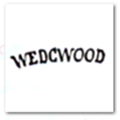
A rare mark. Used on the bell works from 1764-1769.
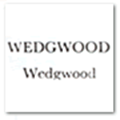
Often shown in different sizes, this mark was used in 1759 and 1769.

Used in 1769, this mark is a circle mark without rims.
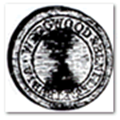
Used from 1769-1780, this mark shows the word ‘Etruria’.

This mark was used from 1769-1780 and has lines inside and outside. This mark is not seen on Jasperware.
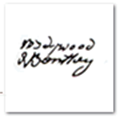
This marking was used from 1769-1780 and was originally a handwritten mark.
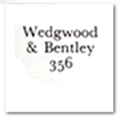
This marking was used from 1769-1780 and was impressed on intaglios. The number 356 is the Wedgwood and Bentley catalogue number.
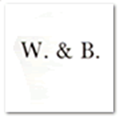
This mark was used from 1769-1780 and was used on very small intaglios.
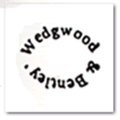
These rare markings can be seen on plaques and ornamental wares, used from 1768-1780.
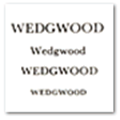
You’ll find these markings in various sizes, used from 1768-1780.
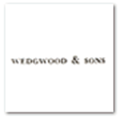
This mark was used from 1780-1795, and it is rumoured to have been used after the death of Bentley.
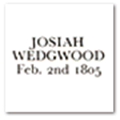
Wedgwood marks from 1790-Present Day
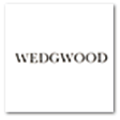
This very rare mark was used for just a short time in 1790.
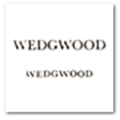
The Feb 2nd date indicates the first time this design was used in 1805.
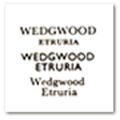
Used from 1812-1822, this marking is often found on bone china or earthenware.
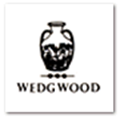
This design has been used since 1769 and was often impressed directly into Queensware or printed in colour.
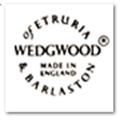
Used in 1840 for a brief amount of time.
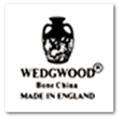
Used from 1879-1900. You might also find this marking with three stars beneath the vase, a version that was used from 1900 onwards.
From 1891, the word ‘ENGLAND’ was added to the Wedgwood mark. This was to allow for customs regulations and exports to the United States.
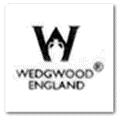
This marking was used from 1940 onwards and was the first use of the registered trademark symbol in a design.
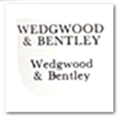
The Wedgwood standard impressed mark
The standard impress mark ‘WEDGWOOD’ appears on ceramics that also have a three-letter code. Within the three-letter code, the third letter is associated with a year. The table below shows the details.
These impressed markings first appeared in 1860 with the year letter O.
After 1891, the word ‘ENGLAND’ was added to the mark.
| O – 1860 P – 1861 Q – 1962 R – 1863 S – 1864 T – 1865 U – 1866 V – 1867 W – 1868 | X – 1869 Y – 1870 Z – 1871 A – 1872 B – 1873 C – 1874 D – 1875 E – 1876 F – 1877 | G – 1878 H – 1879 J – 1881 K – 1882 L – 1883 M – 1884 N – 1885 O – 1886 P – 1887 | Q – 1888 R – 1889 S – 1890 T – 1891 V – 1893 W – 1894 X – 1895 Z – 1897 |
From 1898 the letters ‘A’ to ‘I’ were reused, however these are easy to differentiate as they have ENGLAND along with the WEDGWOOD marks.
A-1898 B-1899 C-1900 D-1901 E-1902 F-1903 G-1904 H-1905 I-1906
Where to sell your Wedgwood Pottery
If you are looking to buy or sell Wedgwood pottery, collectables or figurines, our team of experts at Potteries Auctions can help. Request a call back if you are looking for an expert evaluation and are seeking to sell some Wedgwood at auction. Whilst the markings might appear confusing, our experts can help identify and value your pottery in no time at all. We can sell or value your items.
Photo credit for markings: Antique Marks

2 thoughts on “A Guide to Wedgwood Pottery Markings”
Comments are closed.